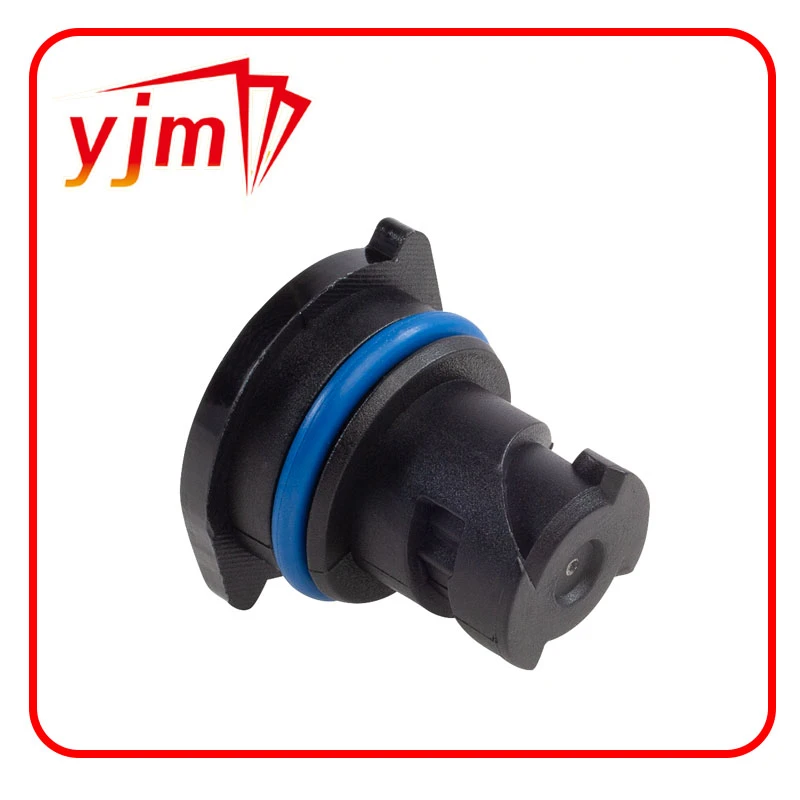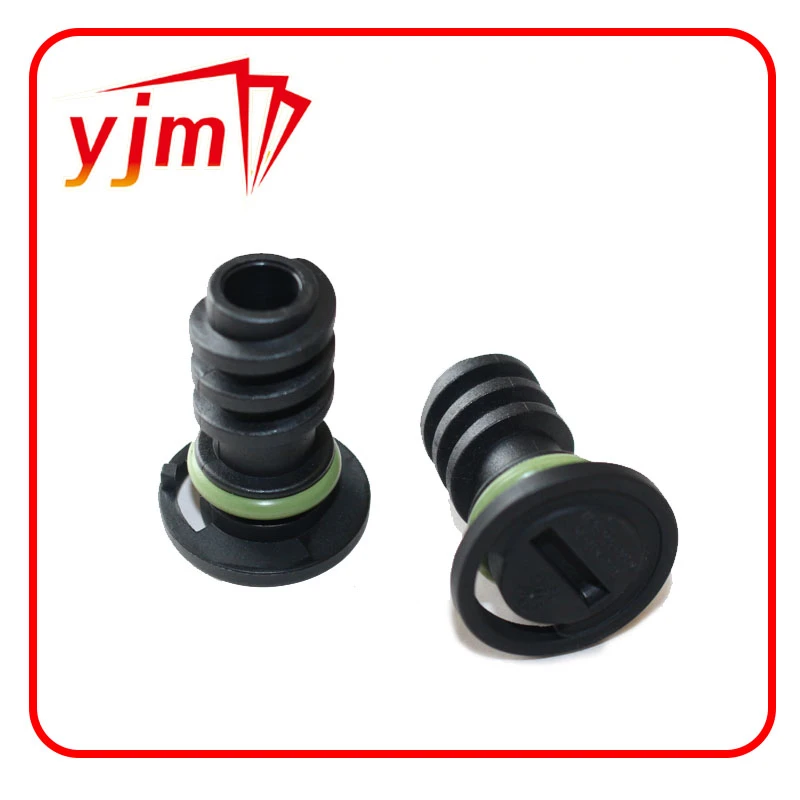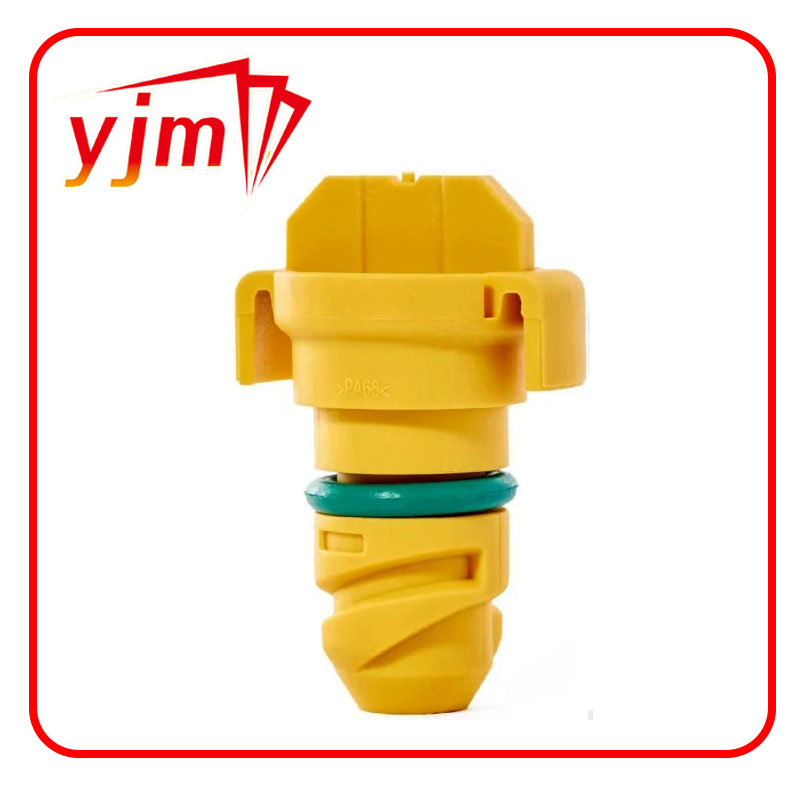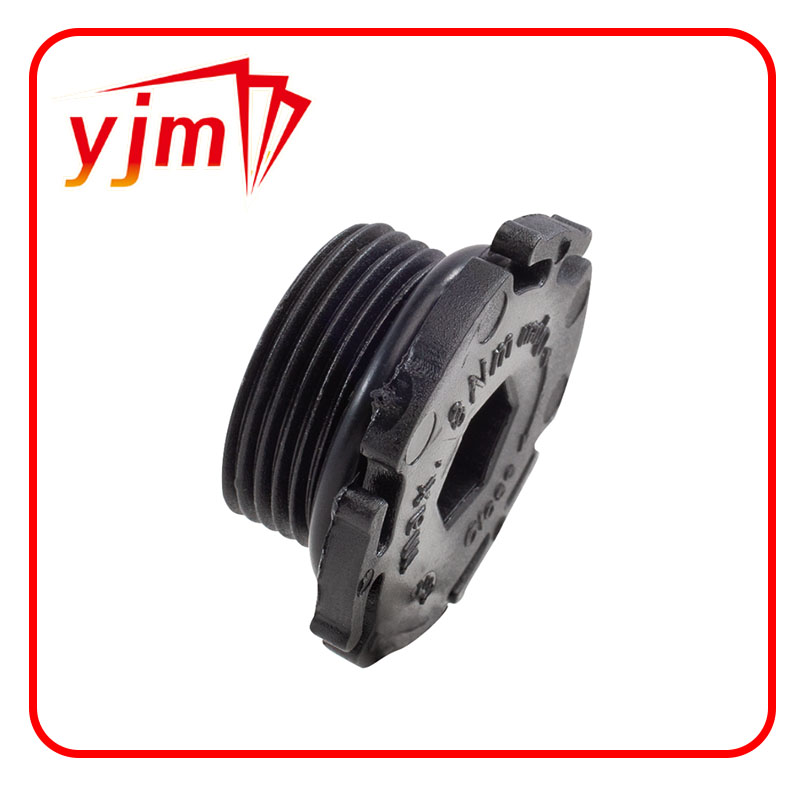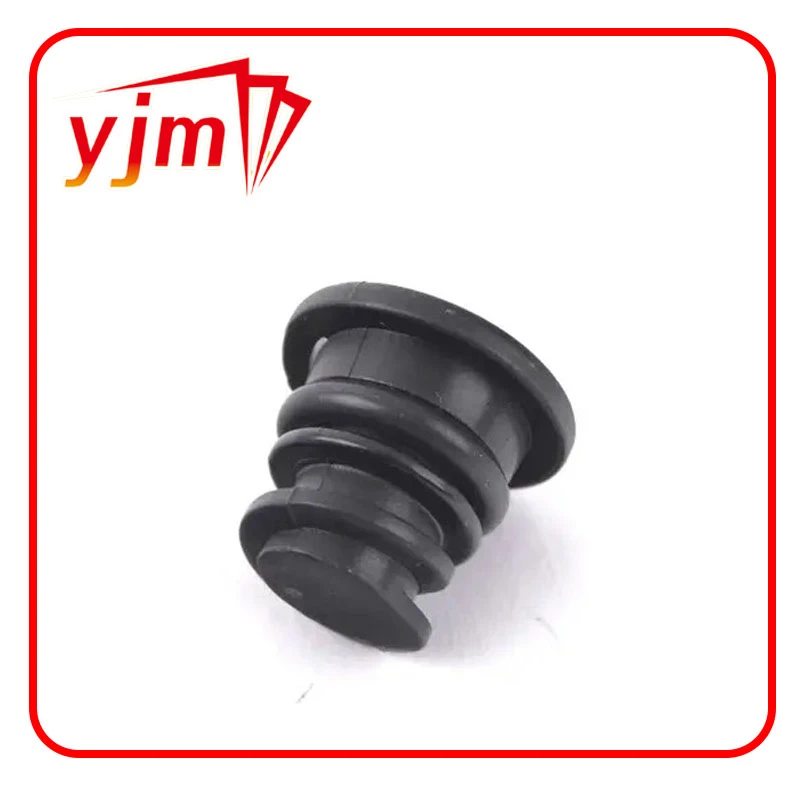Oil Drain Plug
The oil drain plug is a critical component in engine maintenance, designed to secure the oil pan and enable the controlled draining of engine oil during service. Its robust design and precise functionality ensure efficient performance and long-term reliability. Here are its standout features:
1. High-Quality Materials
Manufactured from durable materials such as stainless steel, brass, or high-grade aluminum, the oil drain plug is resistant to corrosion, high temperatures, and pressure, making it suitable for demanding engine environments.
2. Leak-Proof Design
Equipped with advanced threading and often paired with a washer or gasket, the plug ensures a tight, leak-proof seal, preventing oil spills and maintaining engine efficiency.
3. User-Friendly Installation
The oil drain plug features standardized dimensions and threading, making it easy to install and remove with basic tools during oil changes. Magnetic options are also available to trap metal particles, enhancing engine protection.
4. Wide Compatibility
Available in various sizes and designs, the drain plug is compatible with a broad range of vehicles, including cars, motorcycles, and heavy-duty machinery.
5. Cost-Effective Maintenance
An essential yet affordable component, the oil drain plug contributes significantly to engine longevity and performance by ensuring proper oil management.
Investing in a reliable oil drain plug ensures a smoother maintenance process and protects your engine from unnecessary wear and tear.
Do I Need to Replace an Oil Drain Plug?
Replacing an oil drain plug is not always necessary, but there are situations where it becomes crucial. The oil drain plug is a durable component designed to last through multiple oil changes, but over time, it can wear out or sustain damage due to improper handling, overtightening, or corrosion.
Signs that you may need to replace the drain plug include visible thread damage, cracks, or consistent oil leaks even after replacing the washer or gasket. Additionally, if the drain plug's threading becomes stripped, it may fail to secure properly, increasing the risk of leaks and compromising your engine's oil containment.
Some modern oil drain plugs come with innovative features, like built-in gaskets or magnetic tips that capture metal particles. If your current plug lacks these features, upgrading to a newer design may enhance your engine’s performance and maintenance efficiency.
Always inspect the drain plug during oil changes to check for wear and tear. Replacing it is an inexpensive and straightforward process that can prevent costly repairs caused by oil leaks or engine damage. Consult your vehicle’s manual to ensure you select a compatible replacement.
Why Is My Oil Drain Plug Leaking?
An oil drain plug leak can result from several issues, each requiring timely attention to prevent engine damage. The most common cause is a worn or damaged gasket. The gasket, or washer, creates a seal between the drain plug and the oil pan. Over time, it can degrade, crack, or lose its elasticity, allowing oil to seep through.
Improper installation is another frequent culprit. If the drain plug is over-tightened, it can strip the threads on either the plug or the oil pan, compromising the seal. Conversely, under-tightening the plug can leave it loose, leading to leaks.
Physical damage to the drain plug, such as cracks or worn threads, can also be a factor. Corrosion from exposure to oil, heat, and road debris can weaken the plug, making it unable to maintain a proper seal.
In some cases, leaks may occur if the oil pan itself is damaged or if debris has lodged between the plug and the pan, preventing a secure fit.
To fix the issue, inspect and replace the gasket if necessary, ensure the plug is tightened to the manufacturer’s specifications, and check for damage. Regular maintenance and proper handling during oil changes can prevent leaks and extend the life of your engine.
